Q&A: Elynn Walter on the Sustainable Development Goal for Drinking Water
Elynn Walter is the sustainability director at WASH Advocates, a Washington, D.C.-based initiative that aims to increase awareness of the global water, sanitation, and hygiene (WASH) challenge and solutions, and to increase the amount and effectiveness of resources devoted to those solutions throughout the developing world. She talks with Circle of Blue about the Sustainable Development subgoal to achieve universal drinking water access.
In a series of Q&As with water experts, Circle of Blue explores the significance of the United Nations Sustainable Development Goals for water, how they can be achieved, and how they will be measured. We spoke with Elynn Walter of WASH Advocates about the 6.1 subgoal, which aims, by 2030, to “achieve universal and equitable access to safe and affordable drinking water for all.”
[An improved drinking water source] looks like different things in different places. I would say that the official definition for an “improved drinking water source” is one that, by nature of its construction or through active intervention, is protected from outside contamination, in particular from contamination with fecal matter. Sometimes that’s hand-dug wells, it might be boreholes, it might be protected springs, it may be piped water that’s coming from a source in a particular urban area.
I think the other issue is that the poorest of the poor are still the ones who haven’t been reached. I think we’ve reached many of the easy to reach communities, but now is the time to work toward trying to address those that are hardest reach, those who suffer the most, including those with disability, or who are located in remote areas, and women and children who often walk miles to collect the water. I know that in the U.S., the recent Water for the World Act tries to address some of the inequities to ensure that universal coverage is for everyone, and not just for half of the population.
I think the biggest challenges I see geographically are not within countries of greatest need, but in communities within those countries that don’t have access. You may have a country that’s making quite a bit of progress, but as I said before, those easy to reach are the ones who are getting that access. So how to reach those populations that are geographically located far away from urban or peri-urban areas, or are located in very rural or in conflict areas, is a challenge.
I think there is also the water quality component. Even those places where they do have access, I think the water quality is still a huge challenge, because it wasn’t a focus of the Millennium Development Goals. Another big challenge I see is in long-term operation and maintenance. In order to get sustainability, and to achieve sustainable water points and water access and behavior change around the way people use water, I think it’s really important to look at who’s responsible for managing that water—if it’s the community, or the government, or a combined process, or a local water utility. Making sure that those roles and responsibilities, and the responsibility for the funding for that, is something that is clearly laid out from the very beginning.
A news correspondent for Circle of Blue based out of Hawaii. She writes The Stream, Circle of Blue’s daily digest of international water news trends. Her interests include food security, ecology and the Great Lakes.
Contact Codi Kozacek

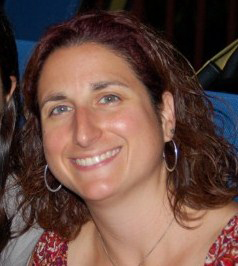
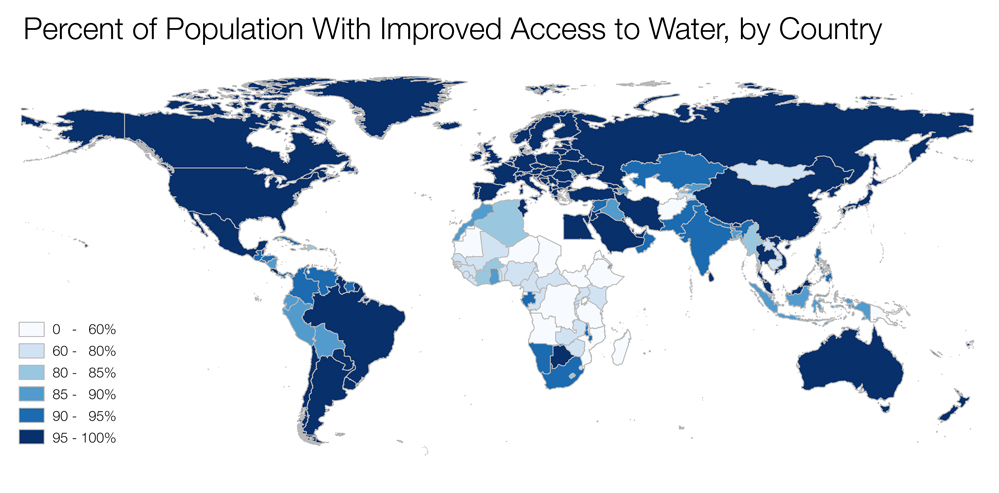

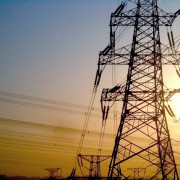
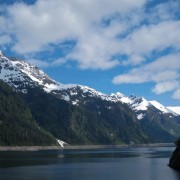
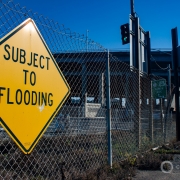



Leave a Reply
Want to join the discussion?Feel free to contribute!